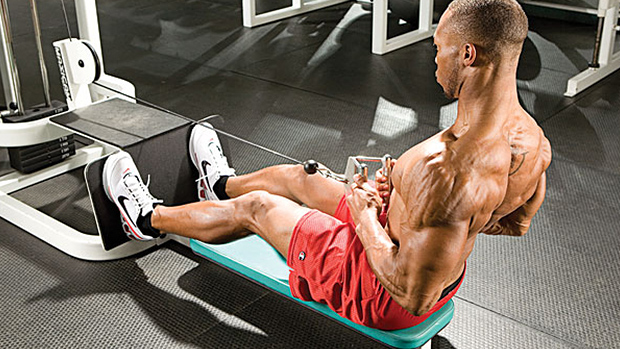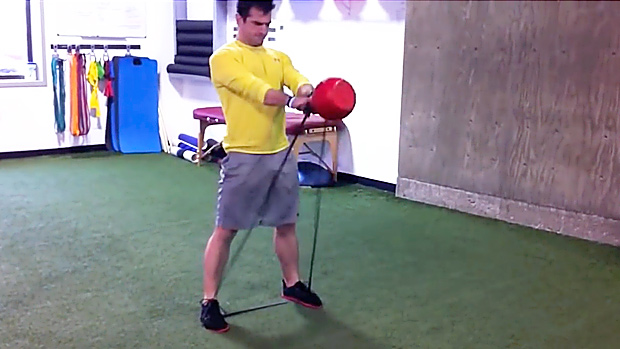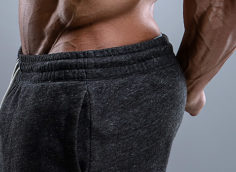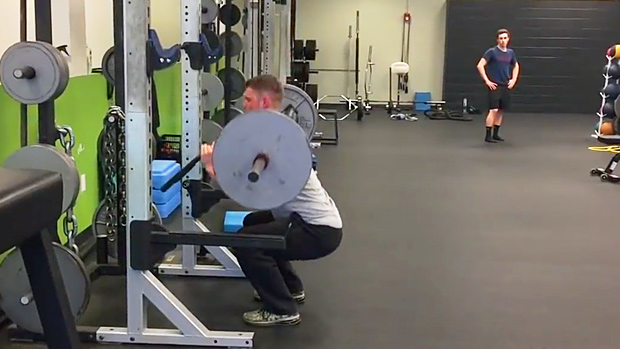Using excessive range of motion in rowing negatively affects all other components of horizontal pulling mechanics.
The natural tendency for many lifters is to achieve maximal range of motion as a means of promoting mobility. Unfortunately, this is actually the very thing that impairs mobility! Exaggerated range of motion produces faulty mechanics and inflammation around the joints, which happen to be the factors that restrict mobility.
Rowing With Excessive ROM
On rowing exercises, this frequently occurs at both the contracted and stretched positions and as a result negatively impacts shoulder health and muscle function. When pulling into the contracted position, the elbows and triceps shouldn't go significantly beyond the plane of the torso. Lack of appropriate lat activation, especially in the lower lats, as well as insufficient scapular stabilization, causes the elbows to move too far beyond the line of the torso.
This also creates more tension in the neck, shoulders, and upper traps rather than the lats and middle-upper back. Instead of achieving appropriate external rotation, the shoulders are pulled into internal rotation as they're essentially forced out of their ideal mechanics. If you engage the appropriate muscles and incorporate proper rowing mechanics, the bar/handles should be almost but not quite touching your body when in the fully contracted position.
During the stretched position, similar rules apply. The ideal end range of motion should produce a natural stretch of the mid and upper back, but not an excessive one. As the load pulls you into stretch, the elbows will fully straighten. However, the shoulders will stay somewhat retracted. Contrary to what many strength coaches advocate, allowing complete protraction of the shoulders and scapula (to the point that the shoulders and spine are pulled out of neutral position) represents a highly dysfunctional and hazardous position.
Unfortunately this is where many lifters make a common mistake of allowing their upper back and lats to stretch so much that the shoulders and upper back round forward. As a result, this no longer engages or stretches the muscles of the lats and upper back simply because those muscles had to disengage. Instead, it stretches the tendons, ligaments, and connective tissue around the shoulder and scapula, which is never advisable.
Besides minimizing activation of the targeted muscles, this also promotes scapular instability and laxity of the shoulder girdle. Whether it's during rows or other movements, chances are you'll eventually succumb to a shoulder injury. You've engrained dysfunctional movement and faulty upper body mechanics that are sure to trickle into other aspects of life.
To achieve proper end range of motion and avoid excessive stretch on rows or any other movement requires the chest to remain tall, the shoulders to stay packed, and the spine to maintain its neutrally arched structural integrity.





